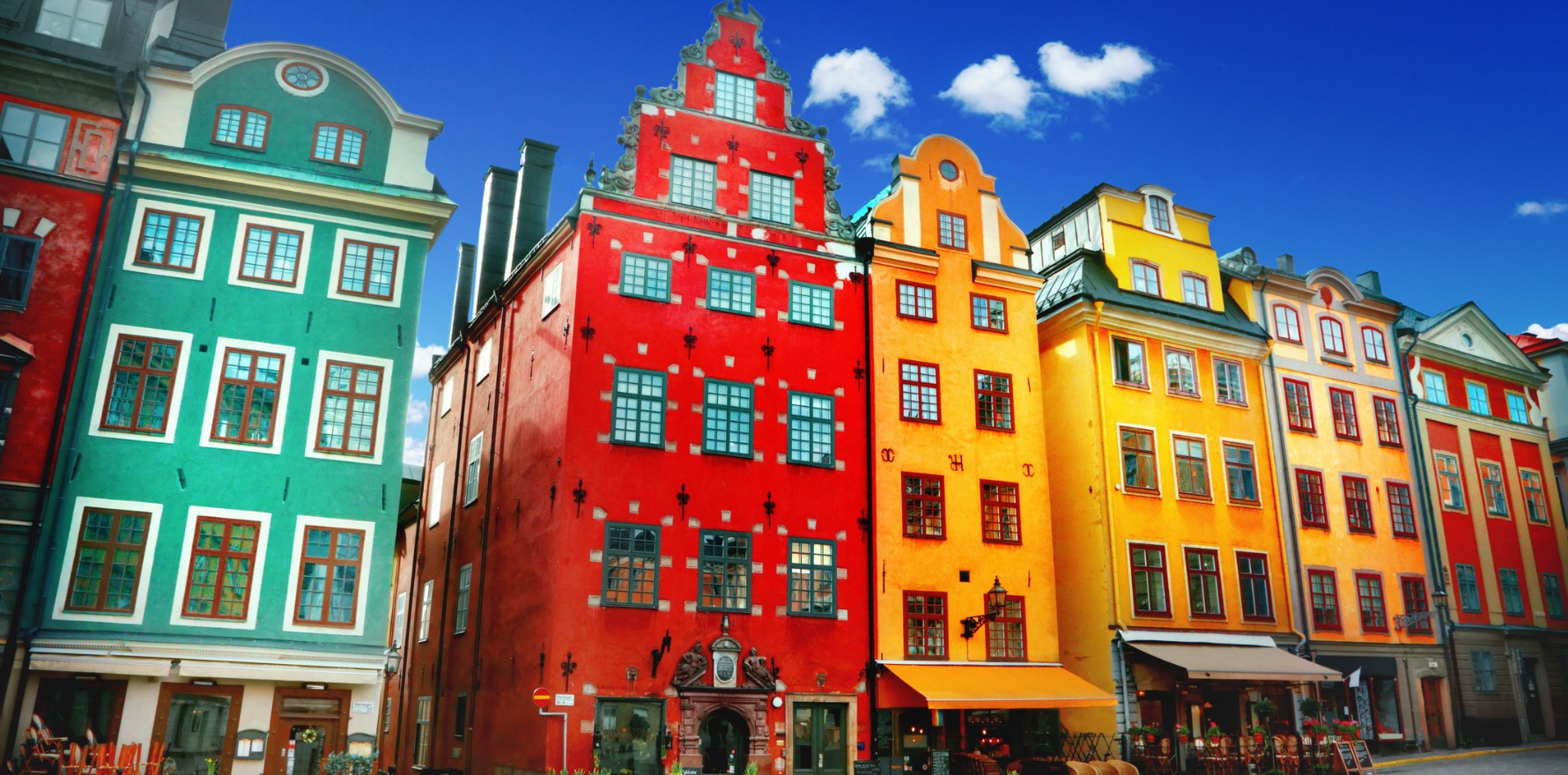The controversial approach had upsides and downsides.
As much of the world shut down early in the covid pandemic, Sweden remained open.
The country’s approach was controversial, with some calling it “the Swedish experiment”. But almost two-and-a-half years after the pandemic began, what can we say today about the outcomes of this “experiment”?
First, let’s recap what Sweden’s strategy looked like. The country largely stuck to its pandemic plan, originally developed to be used in the event of an influenza pandemic. Instead of lockdowns, the goal was to achieve social distancing through public health recommendations.
Swedes were encouraged to work from home if possible and limit travel within the country. In addition, people aged 70 or older were asked to limit social contact, and people with covid symptoms were asked to self-isolate. The goal was to protect the elderly and other high-risk groups while slowing down the spread of the virus so the healthcare system wouldn’t become overwhelmed.
As the number of cases surged, some restrictions were imposed. Public events were limited to a maximum of 50 people in March 2020, and eight people in November 2020. Visits to nursing homes were banned and upper secondary schools closed. Primary schools did, however, remain open throughout the pandemic.
Face masks were not recommended for the general public during the first wave, and only in certain situations later in the pandemic.
During spring 2020, the reported covid death rate in Sweden was among the highest in the world. Neighbouring countries that implemented rapid lockdown measures, such as Norway and Denmark, were faring much better, and Sweden received harsh criticism for its lax approach.
But defenders of the Swedish strategy claimed it would pay off in the long run, arguing that draconian measures were not sustainable and that the pandemic was a marathon, not a sprint.
So did Sweden’s approach pay off?
Let’s look at excess mortality as a key example. This metric takes the total number of deaths and compares this figure with pre-pandemic levels, capturing the wider effects of the pandemic and accounting for incorrect reporting of covid deaths.
Although Sweden was hit hard by the first wave, its total excess deaths during the first two years of the pandemic were actually among the lowest in Europe.
The decision to keep primary schools open also paid off. The incidence of severe acute covid in children has been low, and a recent study showed that Swedish children didn’t suffer the learning loss seen in many other countries.
In this light, the Swedish strategy has gone from being called “a disaster” and “cautionary tale” to a “Scandinavian success”. But to draw any relevant conclusions, it’s crucial we dig a little further into how Swedes navigated the pandemic.
Notably, any perceptions that people in Sweden went on with their everyday lives during the pandemic as if nothing had changed are untrue.
In a survey by Sweden’s Public Health Agency from the spring of 2020, more than 80% of Swedes reported they had adjusted their behaviour, for example by practising social distancing, avoiding crowds and public transport, and working from home. Aggregated mobile data confirmed that Swedes reduced their travel and mobility during the pandemic.
Swedes were not forced to take action against the spread of the virus, but they did so anyway. This voluntary approach might not have worked everywhere, but Sweden has a history of high trust in authorities, and people tend to comply with public health recommendations.
It’s also difficult to compare Sweden’s results to those of countries outside of Scandinavia that have very different social and demographic conditions.
Strengths and weaknesses
Despite the benefits of avoiding lockdown, the Swedish response was not flawless. In late 2020, the Corona Commission, an independent committee appointed by the government to evaluate the Swedish pandemic response, found the government and the Public Health Agency had largely failed in their ambition to protect the elderly.
At that time, almost 90% of those who had died with covid in Sweden were 70 or older. Half of these people were living in a care home, and just under 30% were receiving home help services.
Indeed, numerous problems within elderly care in Sweden became evident during the pandemic. Structural shortcomings such as insufficient staffing levels left nursing homes unprepared and ill-equipped to handle the situation.
In its final report on the pandemic response, the Corona Commission concluded that tougher measures should have been taken early in the pandemic, such as quarantine for those returning from high-risk areas and a temporary ban on entry to Sweden.
The commission did, however, state that the no-lockdown strategy was fundamentally reasonable, and that the state should never interfere with the rights and freedoms of its citizens more than absolutely necessary. The commission also supported the decision to keep primary schools open.
By comparison, the Corona Commission in Norway, one of the few countries in Europe with lower excess mortality than Sweden, concluded that although the handling of the pandemic in Norway was generally good, children were hit hard by lockdowns and the authorities did not adequately protect them.
The focus of Sweden’s strategy was to reduce the spread of the virus, but also to consider other aspects of public health and protect freedom and fundamental rights. While the Swedish strategy remains controversial, today most countries are taking similar approaches to the continuing pandemic.
Looking back, it seems a bit unjust that the country that followed its pre-pandemic plan was the country accused of conducting an experiment on its population. Perhaps Sweden instead should be considered the control group, while the rest of the world underwent an experiment.
Emma Frans, Senior research specialist, C8 Department of Medical Epidemiology and Biostatistics, Karolinska Institutet
This article is republished from The Conversation under a Creative Commons licence. Read the original article.


